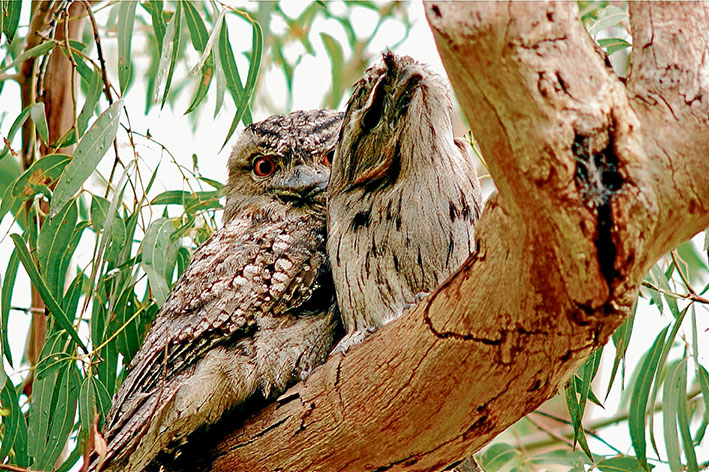
AN unusual census is being organised by the Western Port Biosphere.
Schools, community groups and individuals are being asked to record sightings of animals, birds, reptiles, plants and insects for one week next month.
The 2142 square kilometre biosphere covers the municipalities of Frankston, Mornington Peninsula, Casey, Cardinia and Bass Coast as well as French Island.
The Lifesearch program – “citizen science in action” – is designed to increase knowledge about biodiversity within the biosphere and how to manage and protect it for the future.
The Western Port Biosphere contains national and marine parks, rural agriculture and urban-growth areas and its flora and fauna – including breeding colonies of the little penguins, koalas, Australian fur seal and short-tailed shearwaters (mutton birds) – are seen as major draw cards for visitors.
The biosphere is also home to rare, threatened and vulnerable species such as the endangered southern brown bandicoot and hooded plover.
Western Port is listed under the Convention on Wetlands of International Importance as habitat for migratory species under the Ramsar Convention.
The biosphere – designated in 2002 under UNESCO’s Man and the Biosphere Program – is seeking expressions of interest for up to five honorary positions on its board with the terms of half the current board members expiring in November.
Candidates should have experience in environment or natural resources, strategic or business planning, tourism, communications, marketing, or financial management.
The Board also wants to hear from people with experience in not-for-profit administration and governance, community engagement, education and research, commercial law, arts and culture.
The biosphere’s role is to “foster conservation and sustainable development by facilitating partnerships to create an environmentally, economically and socially sustainable future for Western Port”.
Applications for board membership close 15 September. Details: www.biosphere.org.au



